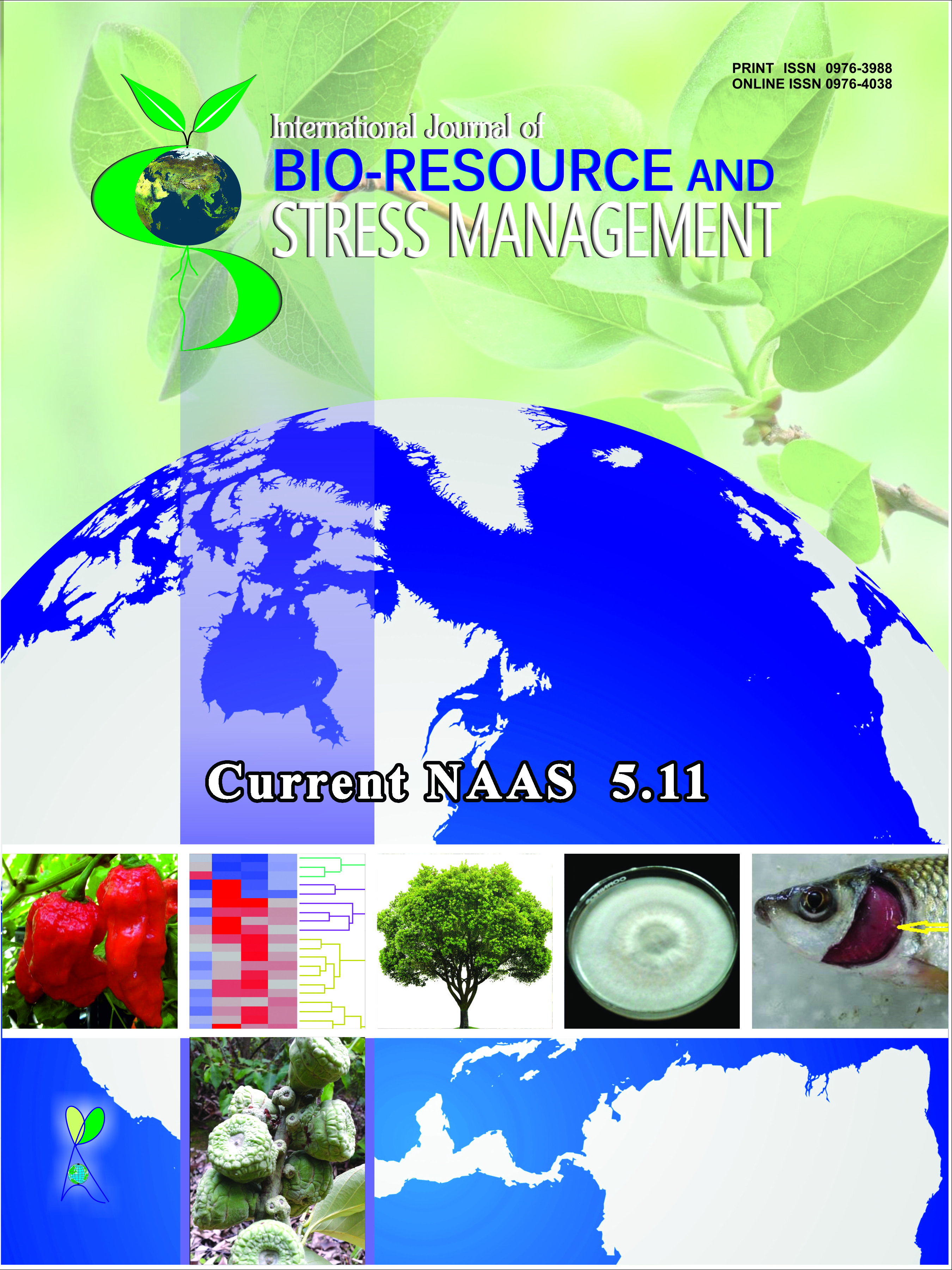Preparation of Papaya Powder under Foam-Mat Drying Technique using Egg Albumin as Foaming Agent
Keywords:
Papaya, egg albumin, foam, drying, moistureAbstract
Foam-mat drying of papaya pulp using egg albumin as foaming agent was investigated. The egg albumin was incorporated into papaya pulp at 5, 10, 15 and 20% (w/w) and whipped for 5, 10, 15 and 20 min in room temperature. Foam expansion, foam stability and foam density were determined. The maximum stable foam formation was 125.62% at 15% egg albumin and whipping time of 15 min. The foam expansion was significantly influenced by levels of the egg albumin at (p≤0.01). Foam density was measured and expressed in g cm-3. The resulting foams were dried at air temperatures of 60, 65 and 70°C with foam thickness of 2, 4, 6 and 8 mm under air flow rate of 2.25 cu.m min-1. Lower drying temperature and higher foam thickness resulted in longer drying time. Biochemical and sensory properties of fresh papaya fruit and reconstituted juice from foam-mat dried papaya powder were determined. Biochemical analysis results showed a significant (p≤0.05) reduction in ascorbic acid, β-carotene and total sugars in the foamed papaya dried product at higher drying temperatures (65 and 70°C) and higher foam thickness (4, 6 and 8 mm) due to destruction at higher drying temperature and longer drying time. There was no significant change in other biochemical constituents such as TSS, pH and acidity. The sensory attributes of reconstituted papaya powder juice showed a significant (p≤0.01) reduction in colour, flavor, taste and overall acceptability at higher temperature (65°C and 70°C) and significantly less as compared to fresh papaya juice. The papaya powder obtained from the foam thickness of 2 mm and dried at 60°C was found to be optimum to produce the foam-mat dried papaya powder.
Downloads
Downloads
Published
How to Cite
Issue
Section
License
Authors retain copyright. Articles published are made available as open access articles, distributed under the terms of the Creative Commons Attribution-NonCommercial-ShareAlike 4.0 International License, which permits unrestricted non-commercial use, distribution, and reproduction in any medium, provided the original author and source are credited. 
This journal permits and encourages authors to share their submitted versions (preprints), accepted versions (postprints) and/or published versions (publisher versions) freely under the CC BY-NC-SA 4.0 license while providing bibliographic details that credit, if applicable.





